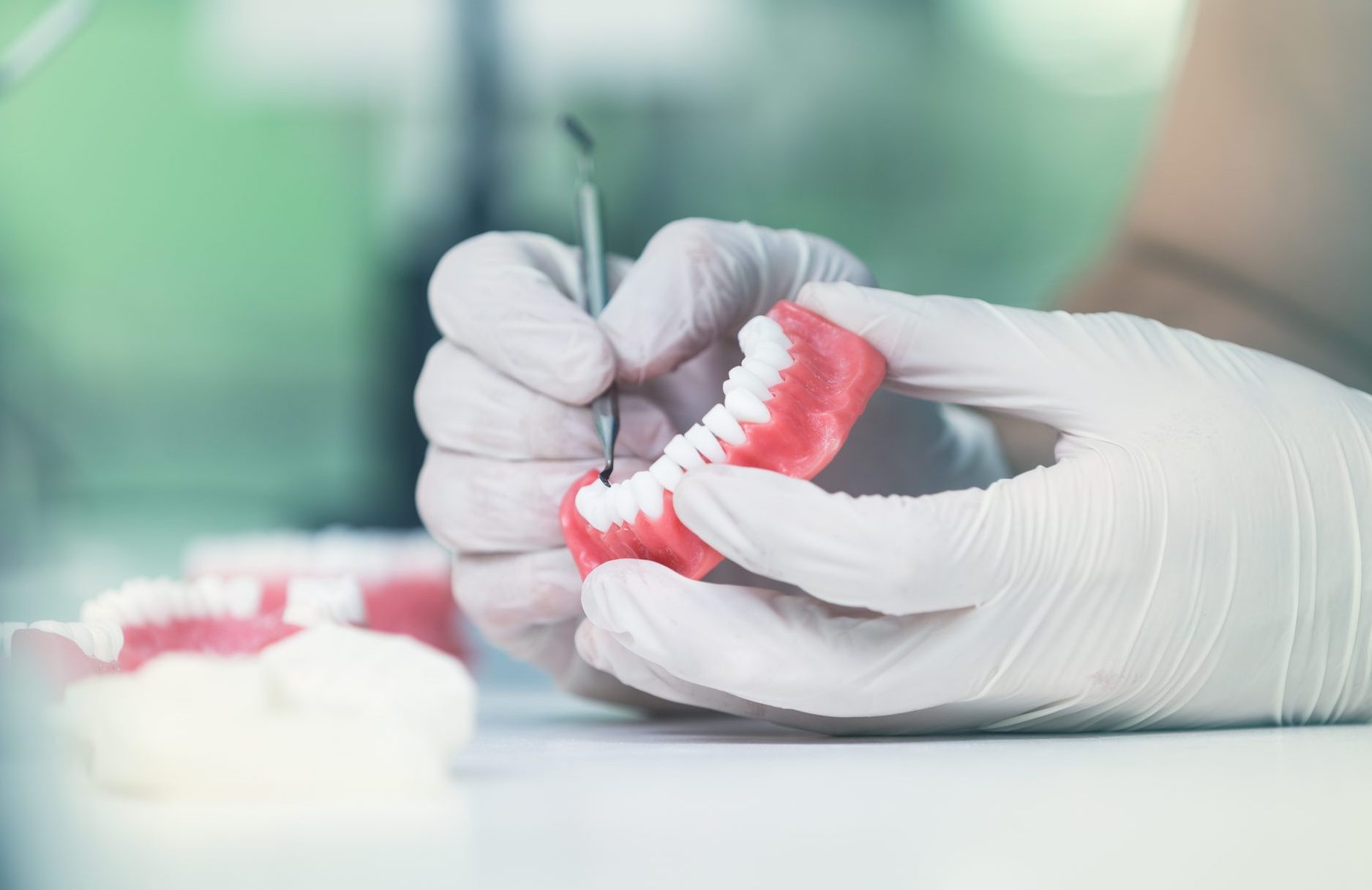Guidelines on phthalates in medical devices
The new guidelines comes into effect from May 2020.
MDR requires a justification for use of CMR/ED phthalates at above 0.1 weight-% in dental materials.
Alternatives to the use of phthalates can be substitution of the phthalate, the design of the medical device, or the treatment itself.

The European commission has approved additional Guidelines on phthalates that are carcinogenic, mutagenic, or toxic to reproduction (CMR), or have endocrine-disrupting (ED) properties. The guidelines address the justification for the use of these phthalates above 0.1 weight-%.
Phthalates is used as softeners in some dental materials are regulated in the medical device regulation (MDR).
NIOMs Head of laboratory Dr. Hilde M. Kopperud is among the experts behind the new guidelines, which complement the legal documentation to the MDR. The focus has been on providing a methodology for the benefit-risk assessment of CMR/ED phthalates in medical and dental devices.
The MDR and the Guidelines will ensure the safety of dental materials, as they require a strict justification documenting the benefit for the use of possibly hazardous phthalates in the materials.
The guidelines
The evaluation of possible alternatives is compulsory in order to justify any use of hazardous substances in a medical device. Possible alternatives to the phthalates are not restricted to other softeners (substituted chemicals); they also include alternative materials, designs or medical treatments.
The methodology uses the evaluation of 1) the CMR/ED phthalate scenario vs. 2) the Non-CMR/ED phthalate scenarios, and includes the use, functionality and performance of the phthalate in the medical device, vs substitution of substance, design or treatment in the alternatives. The possible justification of the use of a CMR/ED phthalate at above 0.1 weight-% is based on the overall analysis.
New requirements for documentation
Manufacturers of medical devices, including dental materials, notified bodies and regulatory bodies are required to follow the guidelines in their documentation and evaluation of medical and dental devices.

Phthalates may be found in dental prosthetics, like the pink material in the picture.
______________________________________________________________________________________
Reference: SCHEER (Scientific Committee on Health, Environmental and Emerging Risks), Guidelines on the benefit-risk assessment of the presence of phthalates in certain medical devices covering phthalates which are carcinogenic, mutagenic, toxic to reproduction (CMR) or have endocrine-disrupting (ED) properties, final version adopted at SCHEER plenary on 18 June 2019.
Summary given in: Regulatory Toxicology and Pharmacology 2020; 111: 104546.
NIOM Newsletter April 2020
